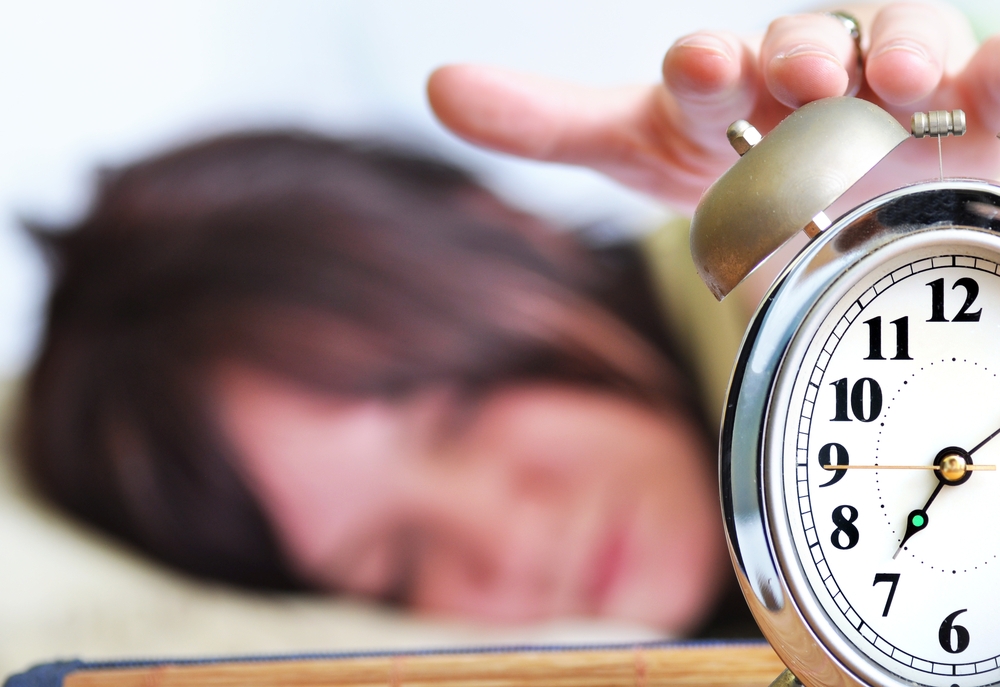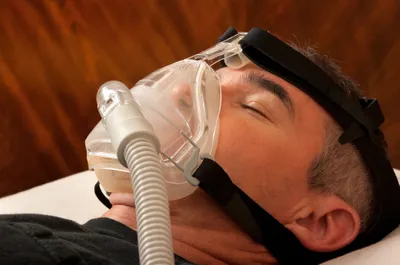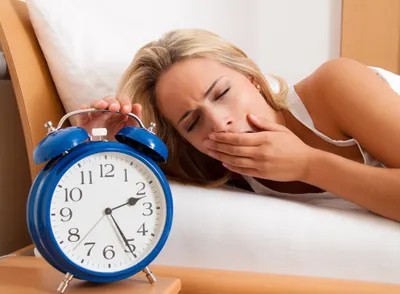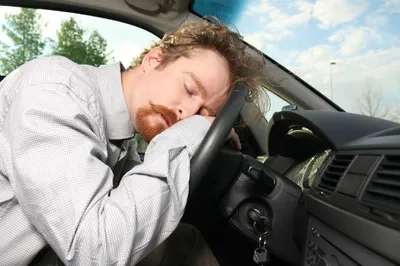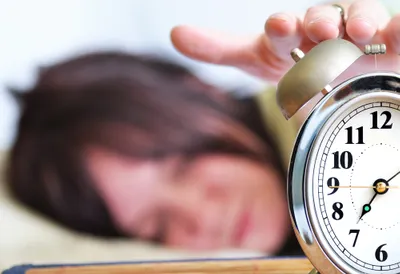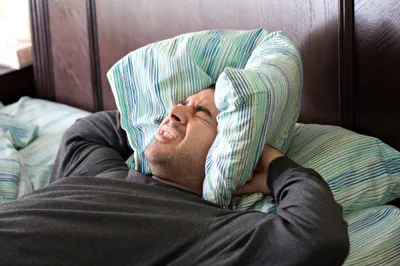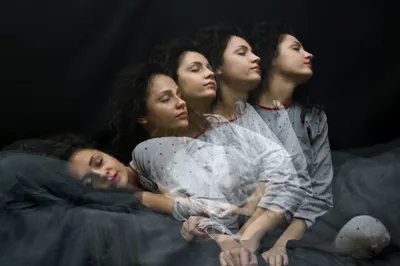Approximately 70 million Americans suffer from one sleep disorder or another. Sleep disorders are characterized by any conditions that prevent a person from getting restful sleep. The dangerous part isn’t the actual sleep loss, but the dysfunction it causes during the waking hour when we are operating motor vehicles, work-associated machinery, and so forth.
Here are the eight most common sleep-associated disorders…
1. Obstructive Sleep Apnea
Approximately 4-percent of American men and 2-percent of women suffer from obstructive sleep apnea. The condition temporarily blocks breathing in the upper airways during sleep, causing loud, labored snoring and stressful sleep interruptions frequently throughout a single night, and resulting in severe daytime drowsiness, depression, moodiness, and inability to concentrate during the waking hours.
2. Delayed Sleep Phase Disorder
Delayed sleep phase disorder is a condition that makes it really difficult to wake up in the morning. It affects the biological clock, causing the body to become out of sync with normal required hours of sleep. Sleep becomes so sound that it’s almost impossible to wake up on time for work or school—even with a loud alarm clock or person waking you up.
3. Jet Lag
Jet lag is a traveler’s sleep condition that affects the body’s internal clock by causing sleep disruptions in a new time zone. The severity of jet lag depends on many factors—including age, quantity of time zones, and the direction of travel—causing the sufferer to become fatigued, nauseated, headachy, and unable to fall to sleep.
4. Advanced Sleep Phase Disorder
Advanced sleep phase disorder (or ASPD) occurs when the biological clock sets to rise earlier than it should—for instance, the sufferer may feel the need to sleep at 7pm and wake up at 3am. ASPD most commonly affects seniors and is often linked to seasonal affective disorder (or SAD).
5. Narcolepsy
Narcolepsy is one of the most dangerous sleep disorders. It’s rare, affecting only roughly 100,000 Americans. The condition itself causes a dysfunction in the brain mechanisms that manage sleeping and waking—causing a person to instantly fall asleep while conversing, walking, driving, climbing stairs, working, etc. Most narcoleptics are extremely fatigued during the daytime hours, and suffer from hallucinations, muscle deterioration, sleep paralysis, and fainting.
6. Non-24-Hour Sleep-Wake Syndrome
If you’re going to sleep earlier and earlier or waking up later and later, you may have non-24-hour-sleep-wake syndrome, a condition that sets your biological clock to 25 hours or longer. This condition is often linked to blind individuals due to their absence of waking and sleeping light cues.
7. Restless Leg Syndrome
Restless Leg Syndrome (or RLS) causes the lower legs to burn, ache, itch, twitch, and tingle upon falling sleep. It disrupts sleep mostly in middle-aged sufferers who have a family history of RLS. In order to reduce symptoms of RLS, patients are told to cut their caffeine intake and alcohol consumption.
8. Sleepwalking
Sleepwalking is a sleep disorder that mainly afflicts children in deep sleep, causing the brain to continue sleeping, but the body to act as though its awake for short periods of time (i.e., 5- to 10-minute intervals). Sleepwalking is often linked to fever, sickness, medication, or stress, and sleepwalkers almost never remember what they do or say during an episode. With only 10-percent of children affected by sleepwalking, most outgrow it in their teen years.
